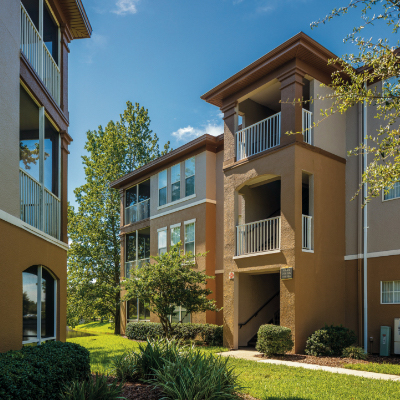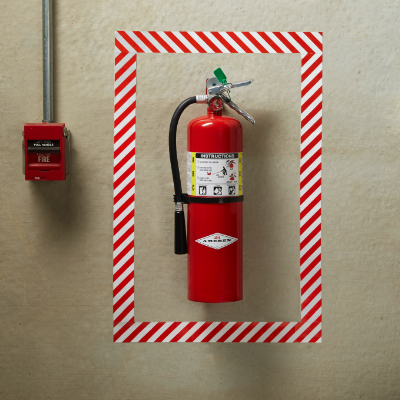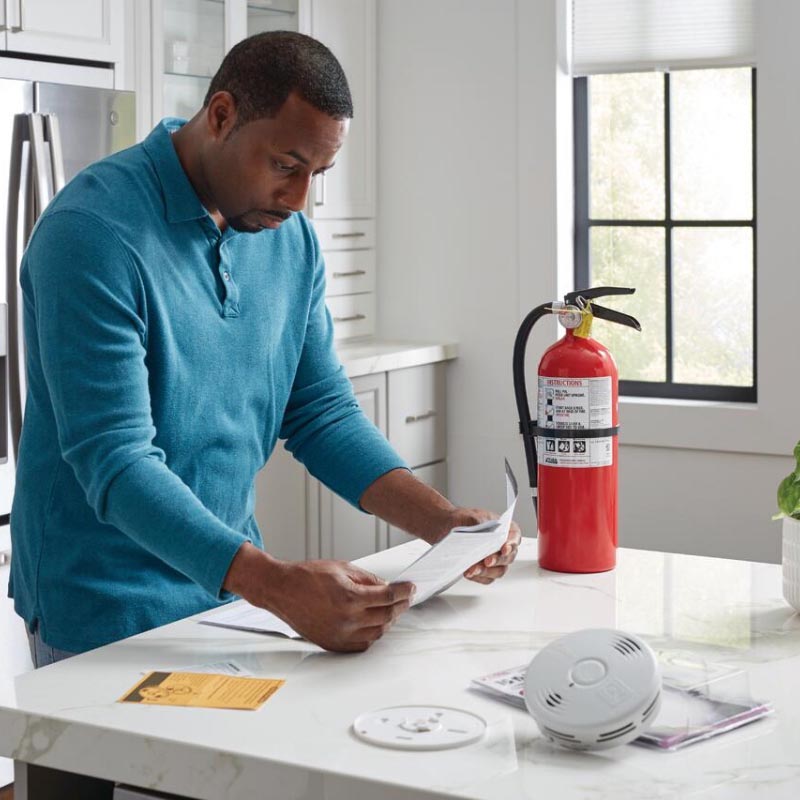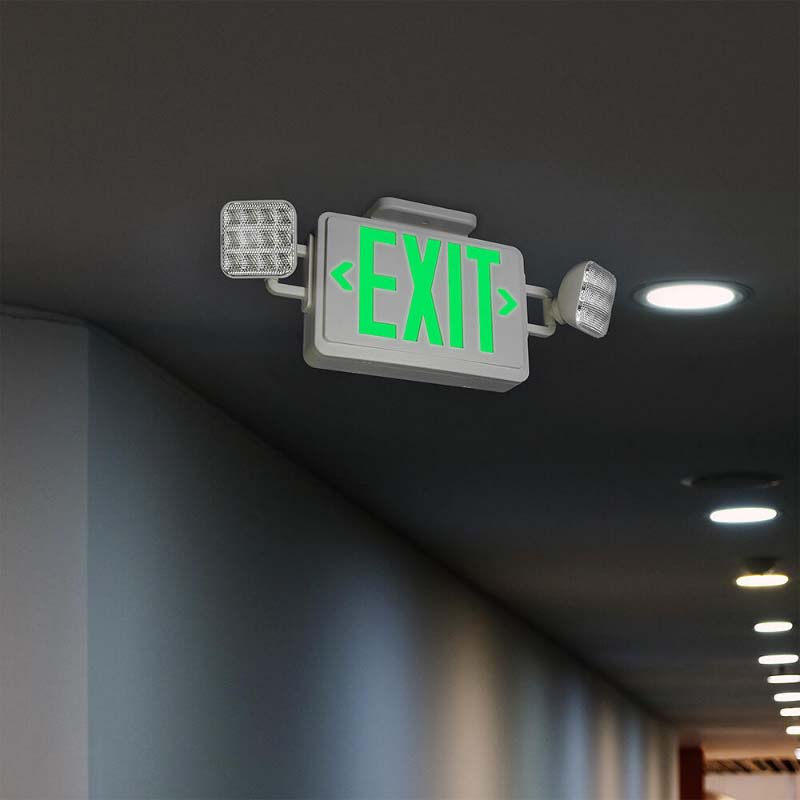Apartment Fire Safety

Last updated August 12, 2024
Fire hazards in apartments, when left unaddressed, can lead to significant risks to people and property. The U.S. Federal Emergency Management Agency estimated that from 2013-2015, 109,700 multifamily fires were reported to U.S. fire departments. These caused 405 deaths, 3,975 injuries and $1.4 billion in property loss.
Identify apartment fire hazards and make fire safety and prevention a routine part of your maintenance and renovation plans. Follow your state’s specific fire safety legislative requirements to protect residents, guests and personnel.
Table of Contents
Fire Hazards in Apartments
Multifamily Fire Emergency Plan
Multifamily Fire Safety Inspections
More Tools. More Products. More Perks.
Fire Hazards in Apartments
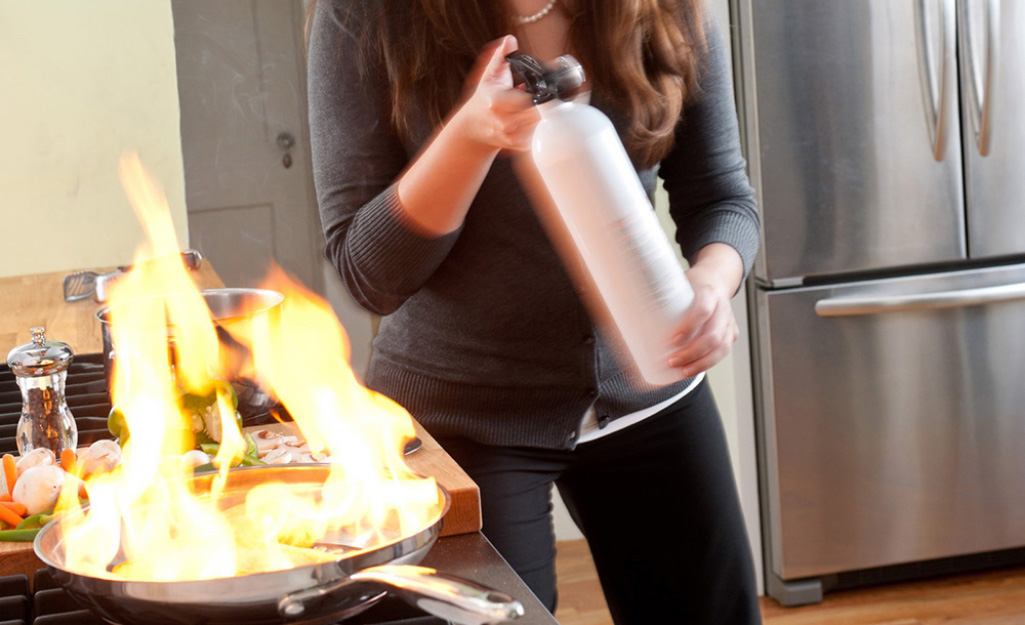
Fire hazards in apartments can differ from hazards in single-family housing. Heating and electrical systems are a primary source of fires in single family homes, but multifamily buildings tend have these systems regularly serviced by professionals, leading to fewer outbreaks.
Fireplaces and chimneys are another common source of fires in single family homes, but these are seldom features of multifamily buildings.
Apartment buildings are more likely to have fire sprinkler systems installed, which can extinguish flames more quickly than homes that aren't so equipped.
Multifamily housing tends to have twice as many cooking fires as single-family homes, with about one-third originating in the kitchen. The following are the primary causes of multifamily fires according to FEMA:
- Cooking-related fires: 73.6%
- Heating-related fires: 5.2%
- Appliance fires: 2.8%
- Open flames: 2.6%
- Unintentional or careless fires: 2.6%
- Electrical malfunctions: 2.4%
- Intentional: 2.3%
Reduce apartment fire hazards by advising your tenants to follow these steps:
- Never leave a stovetop unattended while cooking.
- Keep clothing and combustible materials away from cooking flames.
- Keep stoves, ovens and range hoods clean and free of grease.
- Frequently clean the dryer lint filters in laundry rooms.
- Leave three feet of clearance around space heaters.
- Keep candles away from curtains or other combustible materials and never leave them unattended.
- Do not smoke in bed.
- Keep matches and grill lighters out of reach of children.
- Replace damaged electrical cords and do not overload electrical outlets.
Include fire safety recommendations, such as smoking prohibitions, in the lease. Promote fire safety practices in the community wherever possible.
Multifamily Fire Emergency Plan
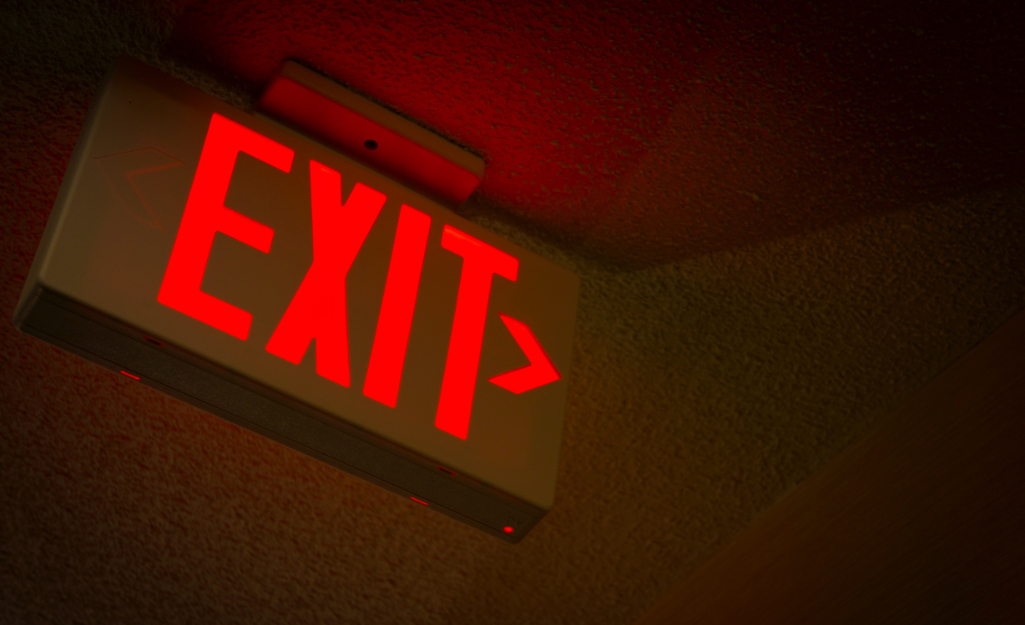
Take the following steps to ensure the multifamily building has an effective fire safety and emergency plan. Use area fire safety codes and the NFPA 10 requirements as resources. Review your state’s requirements for carbon monoxide alarms here.
- Audit the building for potential hazards, seeking staff and resident input.
- Install smoke detectors on every floor and in every unit. Smoke alarms should be within 15 feet of sleeping areas, common stairways and hallways.
- Place fire extinguishers along hallways, near exit doors and in common areas.
- Provide a multipurpose fire extinguisher to every unit.
- Make sure emergency lighting and exit signs are working, clearly visible and unobstructed.
- Provide training to residents and staff on the proper use of fire extinguishers.
- Conduct annual inspections.
- Create a printable fire escape plan for the entire building. Distribute it to all tenants and ensure they understand it.
- Regularly practice the fire evacuation plan with staff and residents.
Pro Tip: Using 10-year sealed battery detectors can reduce total lifetime costs.
Multifamily Fire Safety Inspections
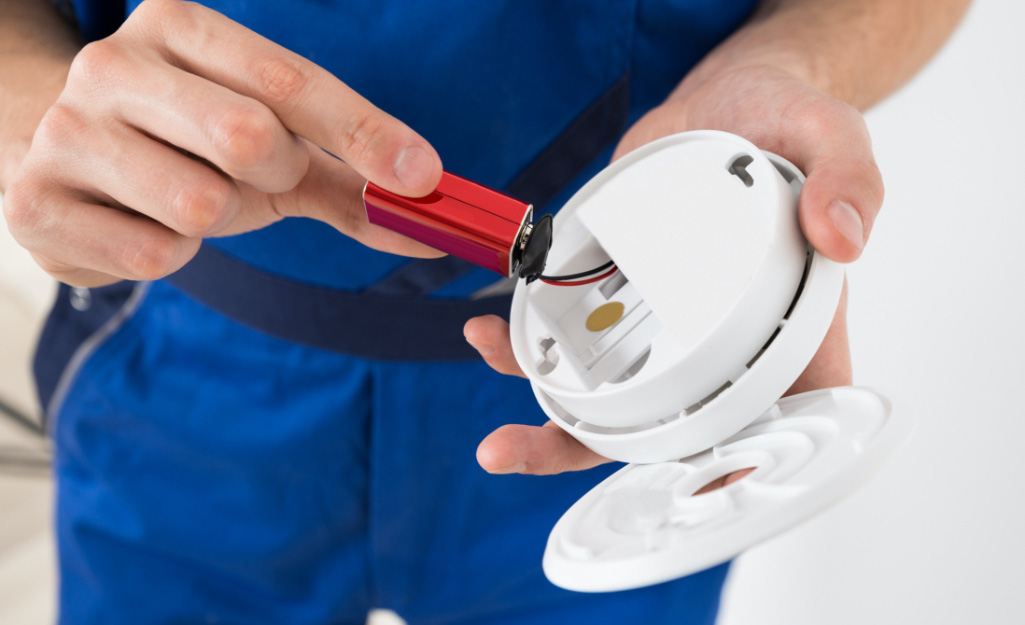
Property managers should perform fire safety inspections of the interior and exterior at least once a year. In some areas, the local fire department will perform annual safety inspections of multifamily buildings. Annual inspections require documentation.
- Make sure emergency lighting and exit signs are working, clearly visible and unobstructed.
- Fire extinguishers should be fully charged, mounted correctly, in accessible locations and with up-to-date inspection tags.
- Test smoke alarms monthly and replace batteries at least once a year or as recommended by the manufacturer.
- Safely store fueled equipment such as lawnmowers.
- Potentially combustible trash should receive proper storage and disposal.
- Electrical wiring should be kept up to code NFPA 70.
- Escape routes must be unobstructed and exit doors must work properly.
- Automatic sprinkler systems must be in operative condition and installed at proper clearance levels.
More Tools. More Products. More Perks.
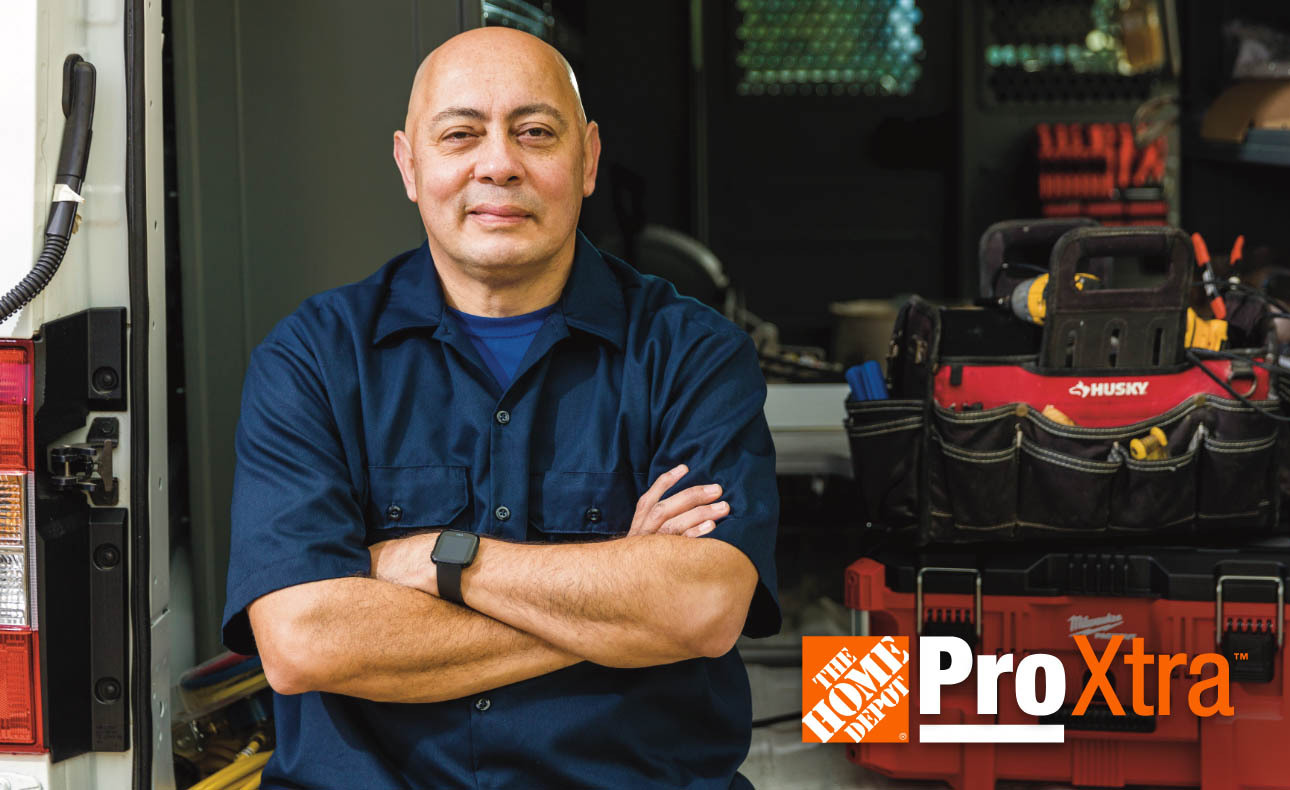
Be more competitive and boost your bottom line with Pro Xtra, The Home Depot’s loyalty program built for Pros. Sign up today to access the enhanced Pro Online Experience, built with the online business tools and time-saving features Pros need.
Create a quote before purchasing fire safety equipment using a free Pro Xtra
account. Use quotes to review your purchasing needs and lock in pricing.
U.S. Federal Emergency Management Agency, Multifamily Residential Building Fires (2013-2015)
The information provided in this brochure does not, and is not intended to, constitute legal advice; instead, all content is for informational purposes only.
This brochure does not create an attorney-client relationship between the reader and The Home Depot Pro. You should consult your attorney to obtain advice with respect to any particular legal issue or problem.





